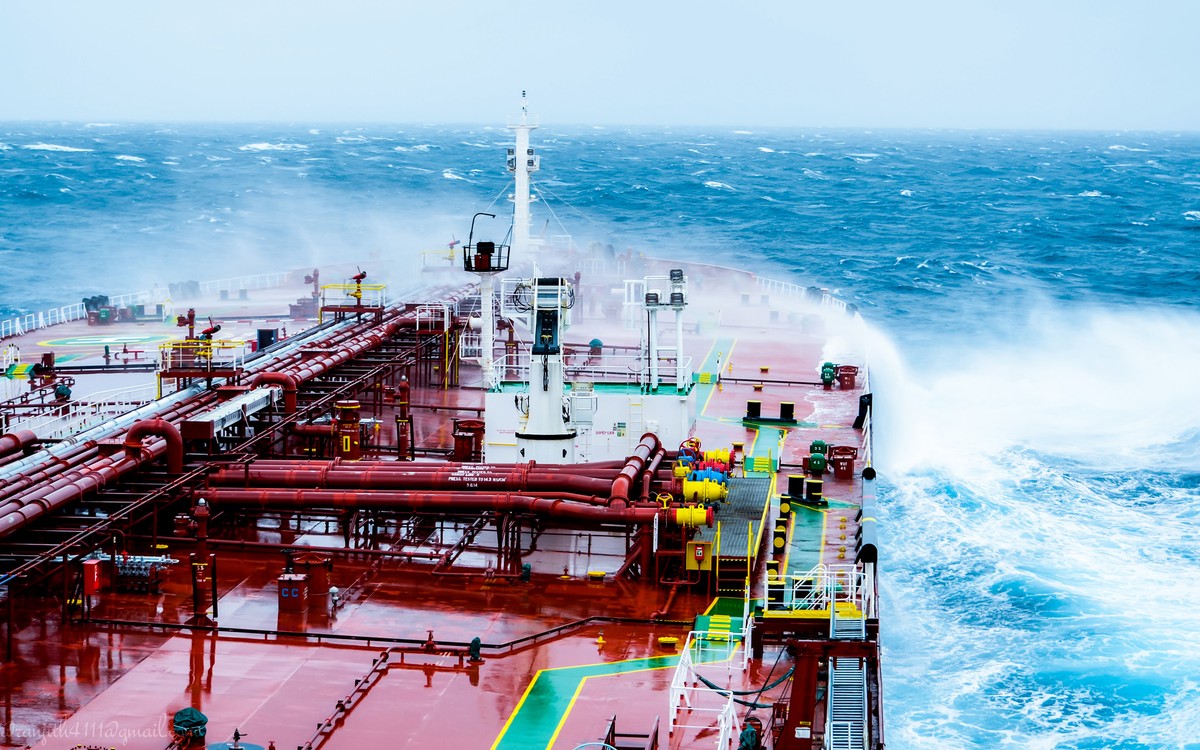Why Will So Many Ships Not Have Scrubbers On Time For IMO 2020?
We are just weeks away from the end of 2019 or, more importantly for the shipping industry, the first day of 2020. On 1 January the IMO’s new emissions regulations come into effect, limiting the sulphur content of marine fuels.
The last 12 months have seen a frenzy of conjecture, debate and big decisions as shipowners have considered their IMO 2020 compliance options.
As predicted, many have chosen to sail into 2020 with engines burning low sulphur fuel oil (LSFO) - variations of higher-cost fuel that comply with the IMO’s new standard of 0.5% or lower sulphur content.
A surprise to some, but not to those in the scrubber industry, has been the recent explosion in demand for exhaust gas cleaning systems.
In May 2018, DNV GL reported that the number of vessels with scrubbers installed or on order was 817. At the time this represented a 50% jump within only a few months.
By October 2018 there were 1,300 ships with confirmed scrubber projects.
Latest figures show 3,756 ships with scrubbers in service or on order.
In June of this year, DNV GL found that number had climbed to 2,947 - more than a one hundred percent increase in less than a year. Latest figures show 3,756 ships with scrubbers in service or on order.
By the time IMO 2020 takes effect, there should be close to 4,000 vessels with scrubbers installed. But this will not be the case. As Lloyd’s List has reported, up to 1,000 scrubber orders – almost a third of the global order book – will not be completed by 1 January 2020.
And, in some cases, the lead time on new orders is 40 to 50 weeks.
What are the reasons for the shortfall?

Underestimating the scale of the project
IMO 2020 is the most disruptive event in the shipping industry for decades. The potential cost impact to shipowners is dramatic, in some cases punitive. Choosing a compliance solution has been a major decision facing almost every owner in the market.
As a result, many have left the decision as late as possible. The exponential rise in scrubber orders reflects this. The closer we have moved to January 2020 the clearer the scrubber value proposition has become.
However, this late bloom in orders has put pressure on the supply side, partly because the complexity of the scrubber installation process is underestimated. Booking yard time is only one aspect of the process.
No two scrubber projects are the same. Careful planning is critical to ensure a positive outcome.
From the outset, factors that need to be considered include engine size and related exhaust gas flow, the vessel’s intended routes, scrubber type (which is itself dependent on a matrix of considerations like ports, ocean alkalinity and cost), cruising speed and vessel space.
Slow decision-making and sub-optimal planning have created delays in design, fabrication, and acquisition of parts and materials. These delays have resulted in, and exacerbated, shortages in parts and engineering capability, creating an industry bottleneck.
Working with the right scrubber supplier ensures that all necessary technical, planning and installation processes are expertly accounted for. Expectations can be properly managed when working with a specialist.
But choosing that specialist is increasingly challenging in the current market.
Don’t get this bit wrong
The scrubber market still has a strong leaning towards traditional buying. The three market leaders–Wartsila, Alfa Laval and Yara–are all Scandinavian and account for 75% of sales.
With these firms operating at full capacity, opportunities have opened up for smaller players to enter the market. This is good and bad news for buyers.
More choice should mean more competitive pricing and better quality.
However, the barriers to entry for scrubber manufacturing are low. Many companies can build the basic equipment. But can they consult on the many technical aspects of planning and implementation, and do they have the necessary production capacity to deliver on time?
In many cases the answer is no, which is why only a small number of outfits outside the big three are having a sustainable impact.
Demand will not dry up when IMO 2020 is in place. Once the price of low sulphur fuels stabilizes in the market, we can expect new waves of scrubber orders.
Critical to their trustworthiness are engineering know-how and reliable output. For example, Pacific Green Technologies is able to turn round an installation faster than most of its competitors.
Making this level of service possible was one of the key drivers in the company’s decision to partner with the major industrial conglomerate, PowerChina. To this large scale capability, PGT marries its extensive engineering background and patented technology - its ENVI-Marine scrubber is the most efficient and cost-effective on the market.
Choosing the right scrubber partner
The issue of scrubber backlog is not only short term. In all models presented by DNV GL to forecast the effects of world decarbonization by 2050, price favors HSFO with scrubbers.
Demand will not dry up when IMO 2020 is in place. Once the price of low sulphur fuels stabilizes in the market, we can expect new waves of scrubber orders.
For those shipowners who want to continue capitalizing on scrubbers’ benefits, it will be as necessary as ever to plan well and choose wisely. On this voyage, the right partner will be shipowners’ most valuable asset.
Would you like to discuss more?
Our global team of advisors with years of combined experience in the marine sector are on hand to discuss your project.